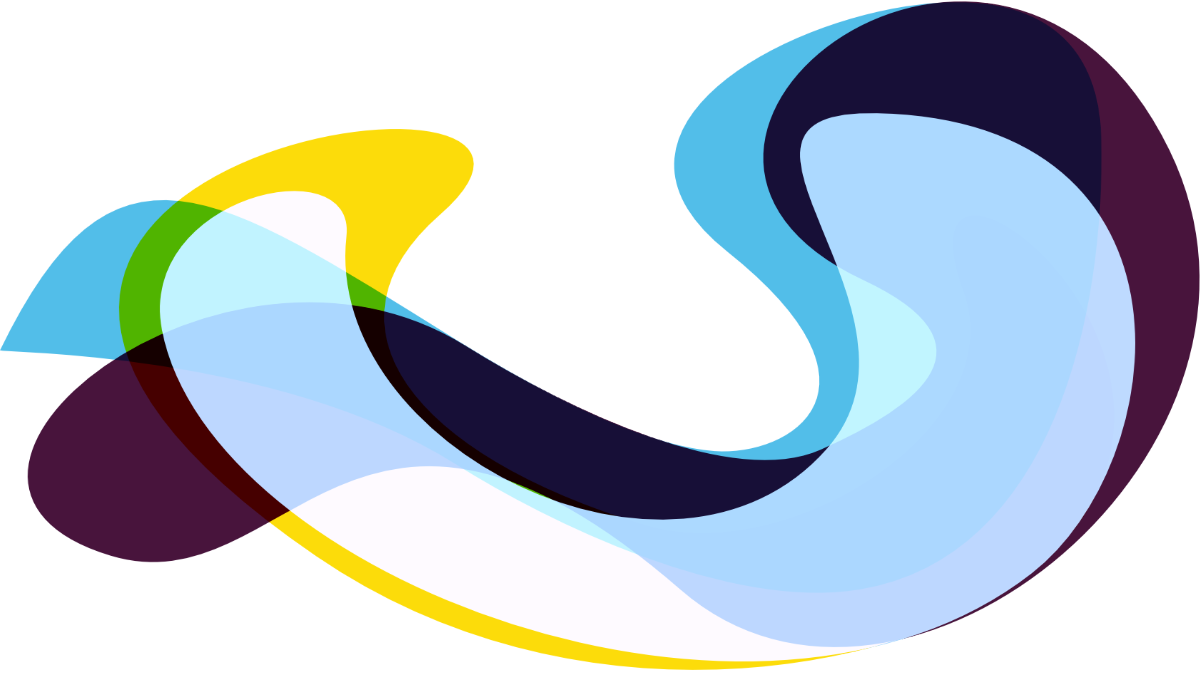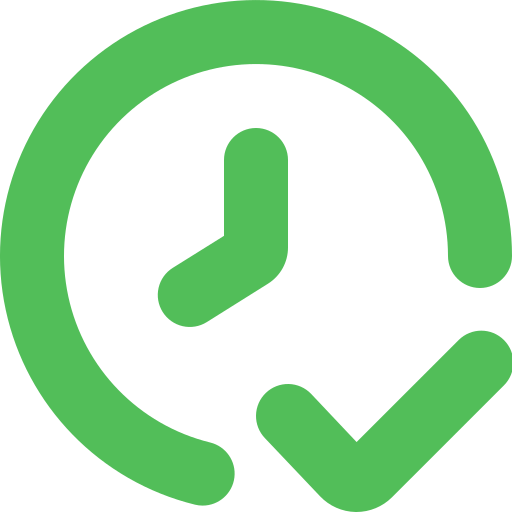Please describe your proposed solution.
IMPORTANT NOTE
This proposal builds upon our previous initiatives FUNDED and finished***** in FUND 5 and FUND 8. We have successfully developed a proof-of-concept software that enables the secure upload of trained and encrypted messages/images onto the Cardano blockchain. During the programming phase of the Fund5 & Fund8 projects, we collaborated with several esteemed universities for the testing process. Here are a few notable ones involved in the testing:
- Oxford
- Stanford
- Osak
- Cambridge
- Yonsei, York
- Seoul National
- UPM in Madrid
- Freie Universität Berlin
and many others, are currently conducting testing on our company's Cardano blockchain repositories.
*****You can see the project finished in our Gitlab repositories: <https://gitlab.com/thecorpora>
THE PROBLEM IN CONTEXT
Human decision-making is frequently marred by irrationality and bias. In the context of group decisions, the complexity is compounded by dynamic interactions, often leading to suboptimal outcomes for both individuals and the collective. Moreover, in centralized systems, even trained artificial intelligence systems remain vulnerable to hacking.
Example to Understand Easily:
- In the field of robotics, envision a fleet of "Cop Robots" deployed to patrol the streets, engaging with people and utilizing OpenCV vision technology to identify antisocial behaviors. These robots could leverage voice recognition or cloud computing to communicate over a blockchain network, employing smart contracts to trigger appropriate actions. For instance, upon detecting a person inflicting harm on another, the system could initiate a vote to determine the best approach or call for assistance. However, to enable such advanced functionality, smart contracts must possess enhanced security measures and the ability to interact with external data sources. Consider the scenario wherein an individual maliciously hacks into a centralized and private cloud service, posing a potential threat.
- Ethical Dilemmas in Autonomous Cars: Balancing the Safety of Pedestrians and Passengers. Consider the following ethical conundrum in the context of autonomous cars: You find yourself driving along a narrow road when, unexpectedly, a lone pedestrian leaps into your path. With barriers flanking the road, your options become limited. Do you continue driving straight and collide with the pedestrian, or do you swerve into one of the barriers to save their life? It's a complex decision to make. Now, let's expand the scenario. What if there were five or ten pedestrians on the road instead of just one? Does your answer change? What if those pedestrians happened to be children?
In reality, while such situations may be rare, a human driver would likely face the need to make an instantaneous decision without ample time for thorough deliberation.
However, the urgency to address these dilemmas intensifies when we consider the potential future role of self-driving vehicles in making such choices on our behalf. This necessitates engineers to proactively determine the most optimal and ethically sound approaches to programming these vehicles for such critical scenarios.
The development of robust frameworks for handling such ethical decisions becomes paramount as we envision a future where autonomous vehicles play a significant role in transportation. The challenge lies in establishing guidelines that prioritize the safety of both pedestrians and passengers while adhering to societal ethical standards. Through thoughtful programming and the incorporation of comprehensive decision-making algorithms, engineers aim to ensure that self-driving cars can navigate these complex ethical dilemmas in the best possible manner, upholding safety and ethical principles alike.
SOLUTION
To address decision-making challenges in robotics and autonomous vehicles, the blockchain can serve as a viable solution. By incorporating millions of trained decisions from AI/ML decision libraries, the blockchain enables the acceptance of optimal decisions, even if it means sacrificing the well-being of the passenger. Prioritizing the safety of individuals, particularly children, and maximizing the probability of survival in potential accidents becomes paramount. This can be achieved through the implementation of private and public servers, with each decision's proof of concept uploaded to the Cardano Blockchain.
Once the Open Source API for our Software Development Kit (SDK) is finalized, we will distribute it to our community for validation and feedback. The community, consisting of ready users, will have the opportunity to connect their systems to the blockchain via the new API/SDK. This collaborative effort ensures the continuous improvement and effectiveness of the decision-making process in robotics and autonomous vehicles.
How does your proposed solution address the challenge and what benefits will this bring to the Cardano ecosystem?
Benefits to the Cardano Ecosystem
Our company aims to be at the forefront of technological advancements by embracing the convergence of robotics and blockchain. SingularityNet, renowned for their development of artificial intelligence systems, has established a notable presence in this field and has been collaborating with Cardano for several years, even introducing their own cryptocurrency, AGIX. We firmly believe that decentralized systems such as Cardano will play a pivotal role in the future of guided systems for both robots and autonomous vehicles.
By aligning ourselves with Cardano and its ecosystem, we aspire to leverage this cutting-edge technology. This strategic partnership has the potential to greatly enhance Cardano's popularity in the years to come. It is our vision to capitalize on these advancements and position our company as a leader in the field, driving innovation and revolutionizing the capabilities of robotics and autonomous transportation systems.
By developing this decision-making system on the Cardano Blockchain, we tackle two key challenges:
- Demonstrating the proof of concept (POC) for a decentralized decision-making system on a blockchain.
- Establishing the proof of value (POV), showcasing that a decentralized decision-making system on a blockchain offers greater trustworthiness compared to a centralized system.
Our project aims to pave the way for future adoption and validation of similar architectures on the Cardano blockchain.
How can we effectively onboard new developers to the Cardano Blockchain?
To facilitate this process, we propose the development of an Open Source API and SDK specifically designed for AI/ML applications in Natural Language and Speech Recognition. These tools can be thoroughly tested using our Open Sourced robots, forming the foundation for integrating with other tool sets. The aim is to test AI/ML applications and algorithms with training data on the blockchain.
Over the past 14 years, our open source robots have garnered a robust and diverse community encompassing various universities and research centers. This community has actively contributed to the development of Q.bo's open source platform on GITLAB. Leveraging our existing SDK, we have successfully developed applications in Computer Vision, Natural Language, and Speech Recognition.
In the current phase of development (FUND 10), we strive to create a new intermediate layer (API) that acts as a communication bridge between the robot's operating system and the decision-making process. This will enable research centers working with our robots to develop innovative applications on the blockchain and subsequently test them on the robot itself.
This approach serves as a foundational model demonstrating how blockchain technology can be utilized to validate and acquire data models for AI/ML applications. By fostering collaboration and providing developers with the necessary tools and infrastructure, we aim to expand the adoption and advancement of Cardano Blockchain within the developer community.
How will we engage new developers in the future?
Once the development of our new Dapp for the SDK is complete, we will distribute it to our existing community for validation and feedback. This community consists of eager users who will be able to utilize the new API/SDK and connect to the Blockchain.
In 2017, we achieved remarkable success with our crowdfunding campaign on INDIEGOGO, raising over $200,000 in just over a month.
Looking ahead, our plan is to launch another campaign in 2023 or 2024. This new campaign will showcase the fully finished SDK, including support for the Cardano Blockchain. We aim to collaborate with the two largest crowdfunding platforms worldwide, Kickstarter and Indiegogo, thereby generating increased visibility for the Cardano project. This endeavor will attract new users and developers to the constantly expanding and evolving Cardano ecosystem.
Market Size of Blockchain for Decentralized Federated Learning Algorithms
Blockchain technology has the potential to revolutionize federated learning algorithms by decentralizing them, enabling the equitable sharing of benefits from collective training models among multiple data owners while reducing inherent algorithmic biases. The market size of AI training datasets is projected to reach an estimated value of US$4.8 billion by 2027, with a compound annual growth rate (CAGR) of 22.5% [source: Grand View Research Inc.]. By leveraging our decentralized blockchain model, we aim to further expand and capitalize on this growing market.
For more information on the market size projection, please refer to the following source:
[Link: AI Training Dataset Market Size Worth $4.8 Billion by 2027 – CAGR 22.5% - Grand View Research Inc.] <https://www.prnewswire.com/news-releases/ai-training-dataset-market-size-worth-4-8-billion-by-2027–cagr-22-5-grand-view-research-inc-301064957.html>
How do you intend to measure the success of your project?
- Development progress will undergo auditing by the following entities:
- Our extensive global community: We have a vibrant forum comprising over 3,600 users actively engaged in the development of apps for our robot. You can access the forum here.
- Commits to our open-source GitLab repository: You can <u>review</u> the commits made to our repository here. This provides transparency and visibility into the development process.
- Task assignment, management, and delivery: We employ a systematic approach to assign, manage, and deliver tasks, ensuring effective progress tracking.
- Problem and bug resolution: We have established mechanisms to gather, manage, and resolve issues, including problems and bugs that arise during development.
- Documentation publication: Our blog serves as a platform for publishing comprehensive documentation. You can access our blog here, gaining insights into various aspects of the project.
- Key Performance Indicators (KPIs) monitored include:
- Number of signatures recorded: Tracking the quantity of signatures made.
- Volume of documents stored on our servers: Measuring the accumulation of documents stored within our servers.
- Total number of registered users worldwide: Monitoring the growth in the user base across different regions.
- Count of generated smart contracts for specialized workflows: Tracking the creation of smart contracts that facilitate specific workflows tailored to our objectives.
Please describe your plans to share the outputs and results of your project?
We will publish a webpage that details the following parameters for the above mentioned KPIs
a. Number of Signatures Recorded
b. Number of Documents Stored within Our Servers
c. Number of Registered Users Worldwide
d. Count of Smart Contracts Generated
These parameters will be shared openly on the webpage as a testimony on the practicality and usefulness of the Project.

